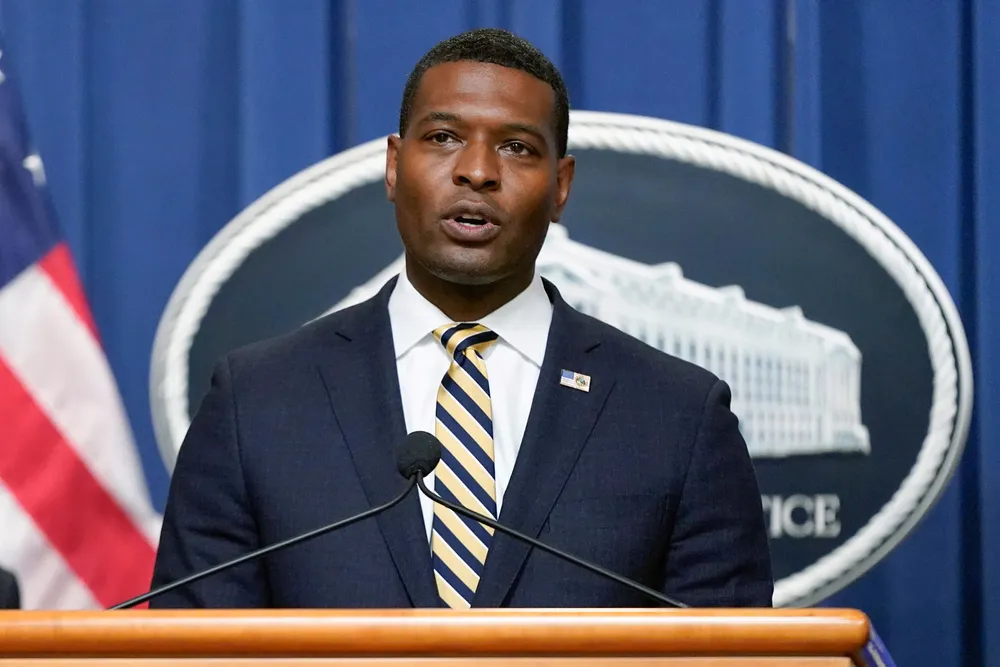US: Permitting is key challenge for nation’s fledgling carbon capture sector
Despite the Inflation Reduction Act offering huge support for CCS developers, the Environmental Protection Agency may not be able to handle the expected rush of permits

Despite the Inflation Reduction Act offering huge support for CCS developers, the Environmental Protection Agency may not be able to handle the expected rush of permits
